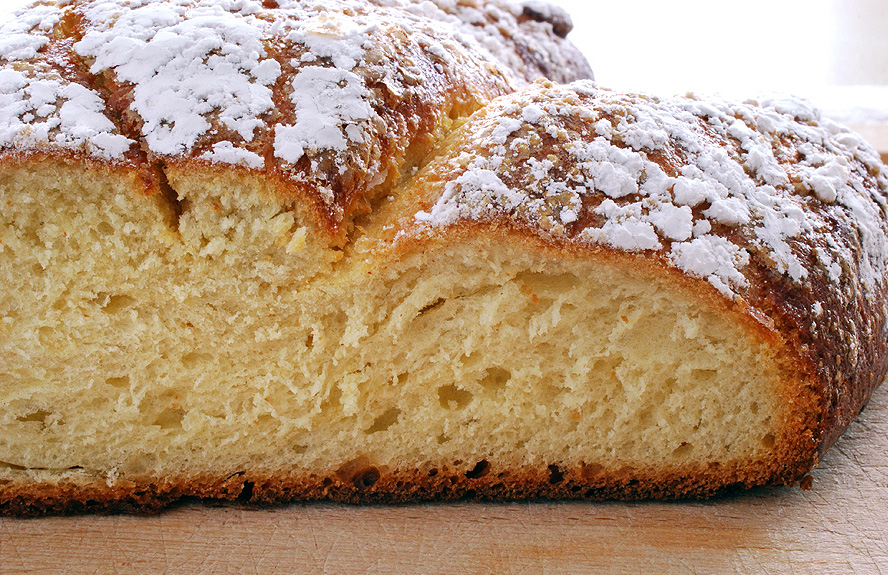
The Colomba, unlike Panettone, is usually more faithful to the original recipe. So Easter is the right moment to show off your technical prowess when it comes to leavened dough and impress with your choice of quality ingredients: from the flour to the butter, egg and candied fruit. For the perfect result however, you need to develop that multi-sensorial ability to perceive leavened dough. To understand what phase the dough is in with a single glance or by the powers of touch and smell alone. And this is a skill that can’t be learned from books, but is acquired to perfection with experience and trial and error.
The Colomba, with its brother Panettone, represents an opportunity for international business for the professional patisserie world, as well as a chance to promote the highly praised Made in Italy, proving Italy’s skill with leavened dough and starter yeast. We suggest here a “balanced” recipe.
Aside from the success of the classic recipe, there is no shortage of more imaginative versions, which feature regional produce and local excellence.
What does it really mean to be able to balance a recipe?
In short, knowing the ingredients inside out and their chemical and physical reactions when mixed with other products or placed at a certain temperature or resting time.
THE RULES FOR A GOOD DOUGH
- For the best dough, use an electric mixer.
- In the first dough, add all the water with 300 g of sugar, all the starter yeast and 500 g of egg yolks. Mix it slightly and then add all the flour.
- Once the dough has structure, add the sugar in batches, allowing it to absorb each time then alternate egg yolks at room temperature and softened butter.
- Always allow an ingredient to absorb into the dough before adding another.
- The first dough should be between 26-28°C.
- Once the first dough has tripled in volume, add the flour and malt and continue as you did for the first dough.
- Leave the second dough to rise for 20 minutes and then another 40 minutes in the mould.
- If the dough is left to rise at 28°C, it will raise correctly in 6/8 hours.
- ENSURE THE HUMIDITY IS CORRECT SO THAT A FILM DOES NOT FORM ON TOP OF THE DOUGH.